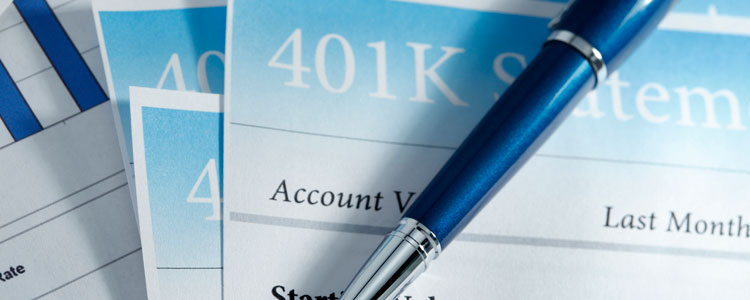Your 401(k) plan may have a provision that allows you to withdraw money from the plan while you’re still employed if you can demonstrate “heavy and immediate” financial need and you have no other resources you can use to meet that need (e.g., you can’t borrow from a commercial lender or from a retirement account and you have no other available savings). (Note: Beginning in 2019, the rule requiring a plan loan to first be taken before a hardship withdrawal will no longer apply.) It’s up to your employer to determine which financial needs qualify. Many employers allow hardship withdrawals only for the following reasons:
- To pay the medical expenses of you, your spouse, your children, your other dependents, or your plan beneficiary
- To pay the burial or funeral expenses of your parent, your spouse, your children, your other dependents, or your plan beneficiary
- To pay a maximum of 12 months worth of tuition and related educational expenses for post-secondary education for you, your spouse, your children, your other dependents, or your plan beneficiary
- To pay costs related to the purchase of your principal residence
- To make payments to prevent eviction from or foreclosure on your principal residence
- To pay expenses for the repair of damage to your principal residence after certain casualty losses
Note: You may also be allowed to withdraw funds to pay income tax and/or penalties on the hardship withdrawal itself, if these are due.
Your employer will generally require that you submit your request for a hardship withdrawal in writing.
How much can you withdraw?
Generally, you can’t withdraw more than the total amount you’ve contributed to the plan, minus the amount of any previous hardship withdrawals you’ve made. In some cases, though, you may be able to withdraw the earnings on contributions you’ve made. Check with your plan administrator for more information on the rules that apply to withdrawals from your 401(k) plan. (Note: Beginning in 2019, participants may also withdraw amounts representing qualified nonelective and matching contributions, as well as investment earnings.)
What are the advantages of withdrawing money from your 401(k) in cases of hardship?
The option to take a hardship withdrawal can come in very handy if you really need money and you have no other assets to draw on, and your plan does not allow loans (or if you can’t afford to make loan payments).
What are the disadvantages of withdrawing money from your 401(k) in cases of hardship?
- Taking a hardship withdrawal will reduce the size of your retirement nest egg, and the funds you withdraw will no longer grow tax deferred.
- Hardship withdrawals are generally subject to federal (and possibly state) income tax. A 10% federal penalty tax may also apply if you’re under age 59½. (If you make a hardship withdrawal of your Roth 401(k) contributions, only the portion of the withdrawal representing earnings will be subject to tax and penalties.)
- You may not be able to contribute to your 401(k) plan for six months following a hardship distribution taken in 2018.
What else do I need to know?
If you are a reservist called to active duty after September 11, 2001, special rules may apply to you.

